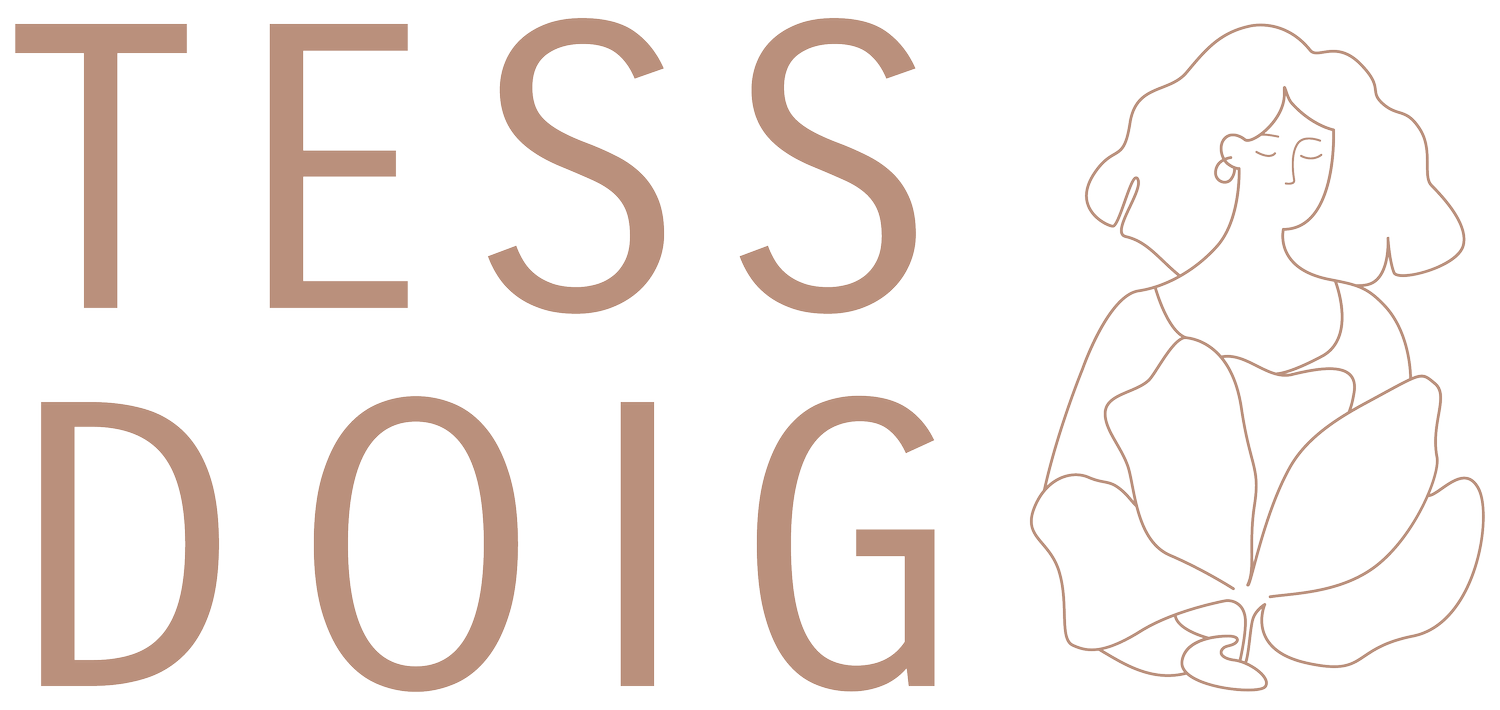Signs and symptom of low progesterone
What does Progesterone do?
Progesterone’s main role is to maintain the uterine lining (endometrium) after ovulation which allows a fertilised egg to implant, aka pregnancy. If there was no conception in a cycle, progesterone levels will slowly start to fall, causing the endometrial lining to shed and you have your menstrual period. Progesterone, however, is not just for falling pregnant and it has amazing benefits to women. It helps keep us calm and aids sleep through its involvement in producing GABA, a lovely neurotransmitter. It also increases our metabolic rate, reduces oxidative stress and inflammation (hello anti-ageing and the prevention of chronic disease), and supports our cognition. Progesterone also keeps our hair, skin and nails healthy and strong.
SO IF YOU WANT A HEALTHY HAPPY MIND, GLOWING SKIN AND HAIR, MAINTAIN A HEALTHY WEIGHT AND PREVENT PREMATURE AGEING, YOU WANT PROGESTERONE.
Signs and symptoms of low progesterone:
- Short or irregular cycles
- Heavy menstrual bleeding
- PMS symptoms such as irritability, anger, anxiety, sadness, teary-ness
- Weight gain and low basal body temperatures
- Insomnia
- Spotting before period
- Thyroid dysfunction
- Infertility and miscarriage
- Hair loss
- Poor memory/ cognition
Causes of low progesterone
To make progesterone you need to be ovulating, so one of the main causes of low progesterone is not ovulating. This can be caused by PCOS, stress, breastfeeding, menopause, malnutrition through, low-calorie intake, low carb dieting and/ or low protein diets which can be common in vegetarian and vegan diets and over-exercising. High prolactin (in the absence of breastfeeding), hypothyroidism, chronic inflammation and blood sugar dysregulation can also impact ovulation and progesterone production.
How do you know for sure if you have low progesterone?
You need to test at the correct time in your cycle. Progesterone needs to be assessed 7 days post ovulation, which is usually Day 21 of a 28-day cycle. If you have a 35-day cycle, this may be day 28, so make sure you work this out correctly. I am always looking for a 7-day post-ovulation progesterone to be 30nmol/L or above.
If you are not ovulating, you are not producing progesterone and so we will need to work out the cause of that rather than assessing progesterone. This could be due hypothalamic amenorrhoea, PCOS, and/or thyroid dysfunction.
If you are on the pill, Mirena, or Implanon, you are not making progesterone and the pill hormone, progestin does not have the same beneficial effects of progesterone. If you are experiencing symptoms of low progesterone, you may want to consider other options.
HOW DO I MAKE PROGESTERONE
You want to treat the underlying causes of your low progesterone which may be stress, thyroid dysfunction, malnutrition, PCOS, over-exercising, and/ or blood sugar issues.
I will want to support your ovaries through nutrients such as zinc, magnesium, selenium, iodine and vitamins A, E and D. We want to get you eating properly including good quality proteins and carbohydrates if they have been lacking, and reducing refined sugar and caffeine if you have stress or blood sugar issues.
Herbs such as Chaste Tree, and Peony can also be helpful (Note if you have PCOS, do not use Chaste Tree, this can worsen your issue).
Stick with it
It takes 120 days for an egg to fully mature and ovulate, and treatment can take around 4 months to build your progesterone back up.
If you think your progesterone has gone astray, I am here to help. Please contact me at reception@junowellness.com.au with your queries.
Confused about when you should be trying to conceive in your cycle?
Download my FREE guide to your fertile window here
